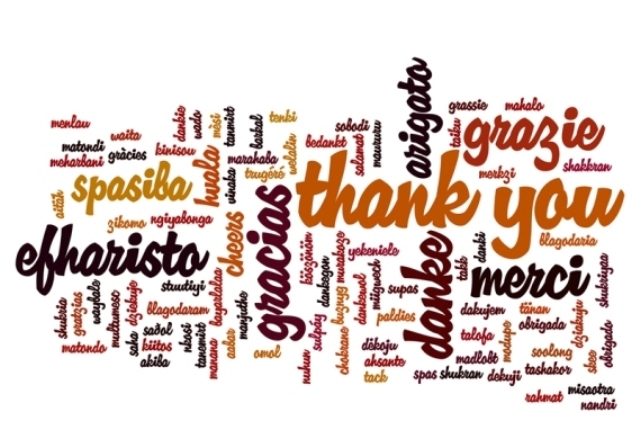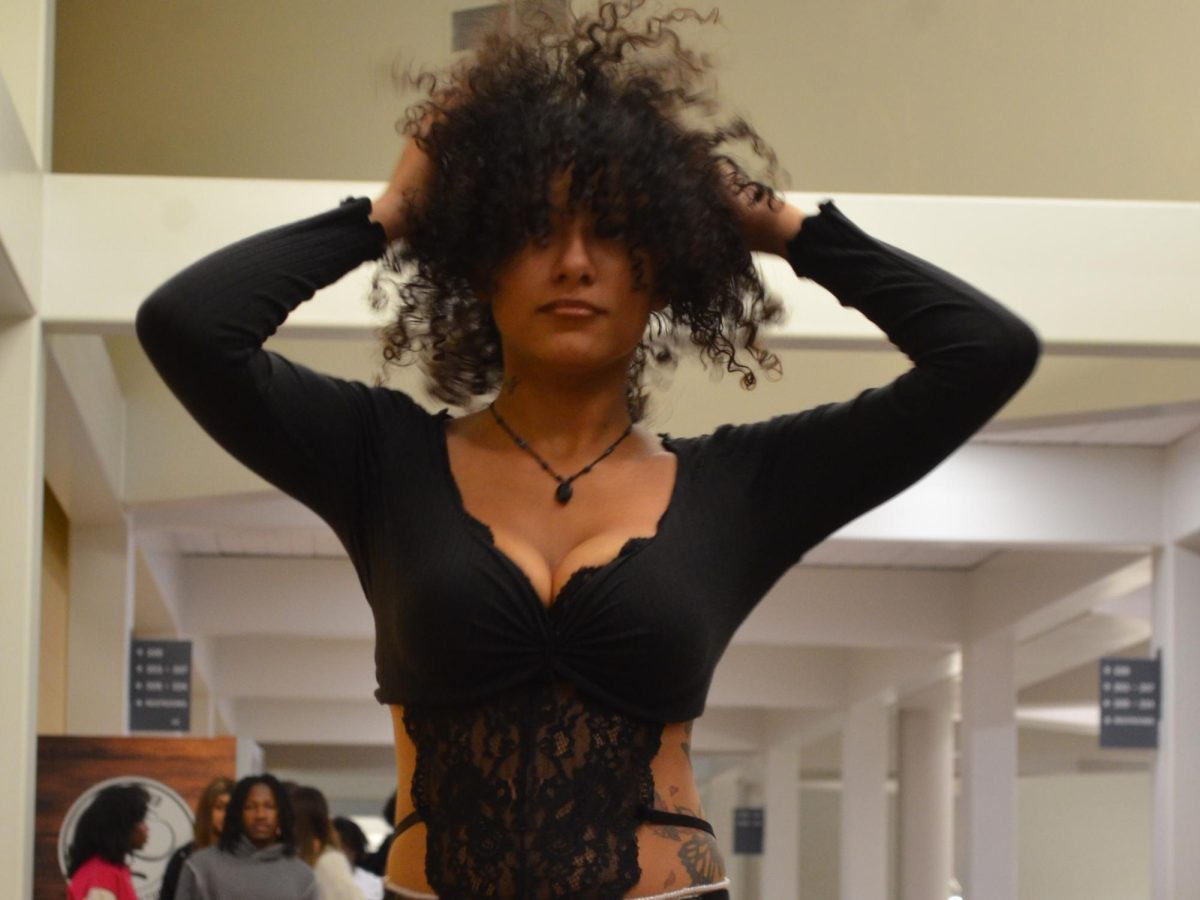In conjunction with the 30th anniversary of the Supreme Court’s decision of Roe V. Wade, the Fine Arts Center is currently displaying two exhibits about the landmark case.
“Wake up Little Susie: Pregnancy and Power before Roe vs. Wade,” is a compilation of pieces about abortion in postwar, pre-Roe V. Wade America. It is based on “Wake Up Little Susie: Single Pregnancy and Race Before Roe v. Wade” (1992) and “The Abortionist: A Woman Against the Law” by historian Rickie Solinger.
“Part of the Gallery Program’s mission is to stimulate discussion and thinking about the relationship of the visual arts to contemporary society, and to emphasize an ongoing focus on ethic and cultural diversity and political and social themes,” Fine Arts Center Director Jacqueline Nathan said.
Part of the exhibit demonstrates how unwed mothers were treated differently based on their race. White single mothers were often diagnosed as psychologically disturbed, removed from their homes and communities and hidden in maternity homes. Black single mothers usually stayed with their family, but were accused by white politicians of having babies only to increase their welfare check.
“Political inspiration has always been an important motivation for artists who utilize visual means to emphasize, explain and promote new awareness in viewers,” Nathan said. “We hope that students and other visitors will examine these exhibitions both artistically and intellectually as they consider the impact that Roe V. Wade has had.”
On display with “Wake Up Little Susie” is “WARNINGS: an exhibit by Lisa Link.” “WARNINGS” was created mostly between 1990 and 1992 on a MAC II computer using an early version of Adobe Photoshop. The exhibit features photo-montages of anti-abortion and Nazi propaganda , as well as a video dealing with abortion and women’s rights.
“WARNINGS and Wake Up Little Susie are political art,” Interim Director of Women’s Studies Jeannie Ludlow said. “As political art, they aim not only to provide us with artists’ insight and representations of some aspect of ourselves, but also to challenge our perceptions of some issue or topic that is shaped by politics.”
Link spent two years researching abortion in Nazi Germany after anti-choice groups were comparing abortion with the Holocaust. During the research, Link found that anti-choice groups had more in common with the early Nazi party.
“In my home county in Indiana, there is a billboard that says ‘Abortion is America’s Holocaust,'” Ludlow said. “The language used by anti-abortion folks in the U.S. has used the Holocaust as a metaphor for abortion for a long time now. Link challenges us to rethink this metaphor through a tactic of inversion, by presenting its opposite and showing how the opposite can be true, too.” Ludlow feels these exhibits can benefit those on either side of the abortion argument.
“Both ‘pro-choice’ and ‘pro-life’ folks need to see these exhibits, need to question our assumptions and attitudes and need to think about where our information comes from and how it is shaped by politics,” Ludlow said.
Also on display is “The Contemporary Landscape,” which is curated by Linda Hults, professor of art history at the College of Wooster. She travels to the University with the support of the Ohio Arts Council. The exhibit features paintings of different landscapes and raises the question of the landscape in the new millennium.







